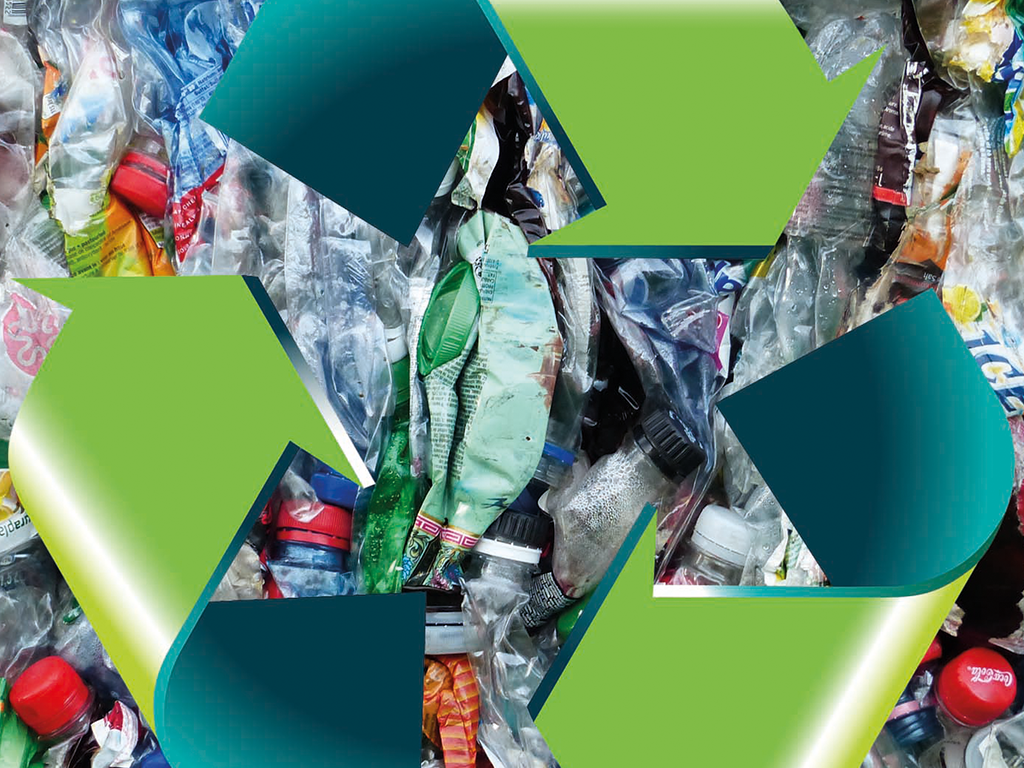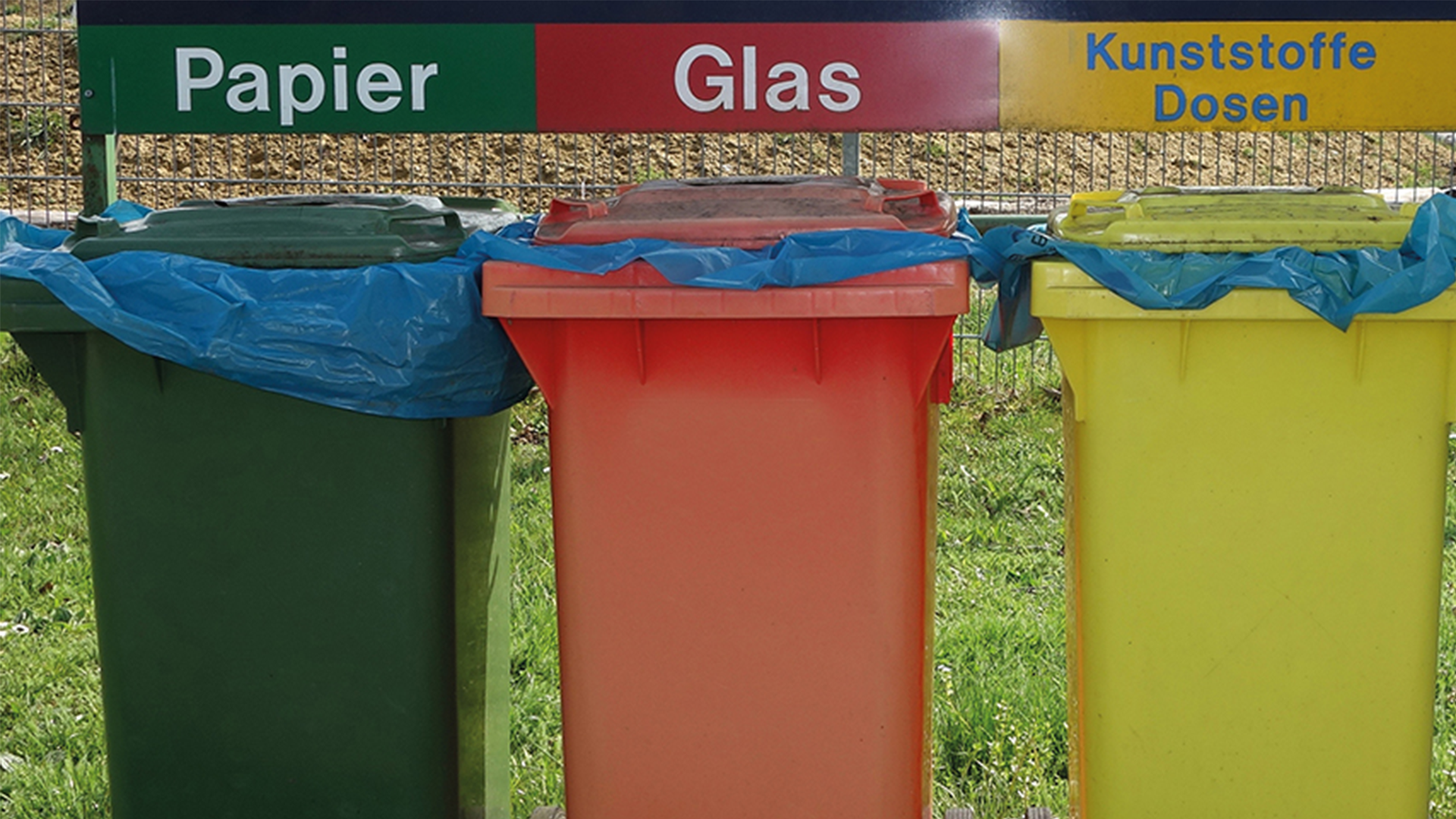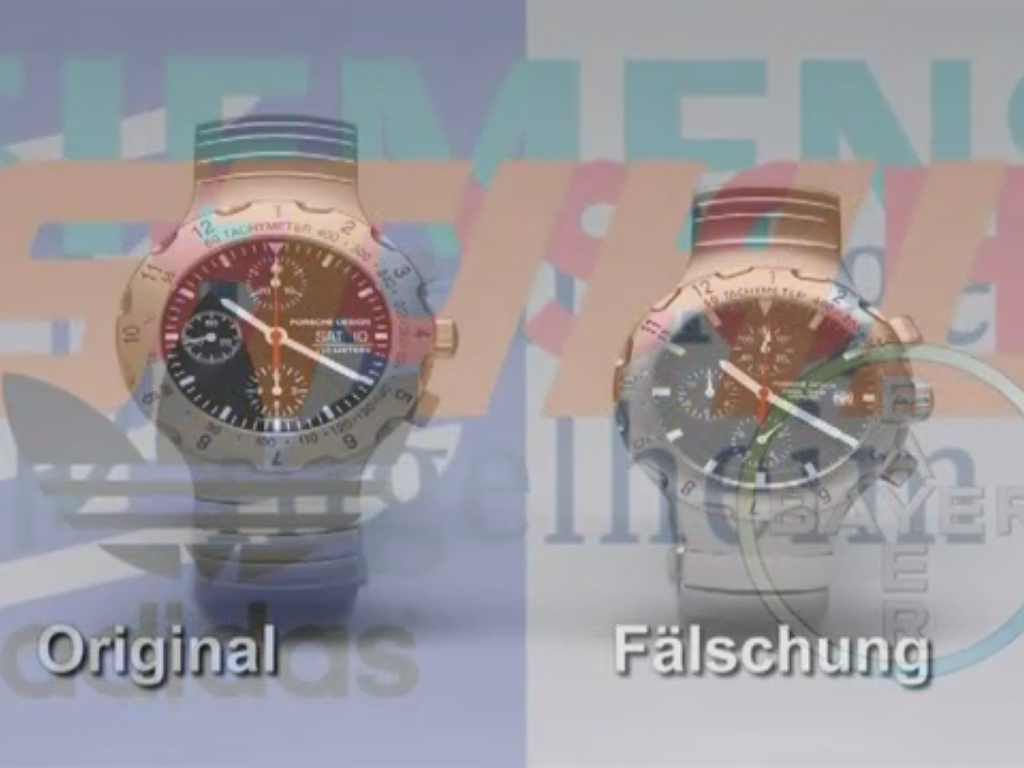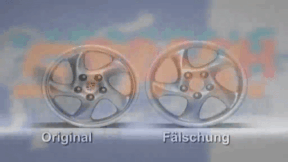 Primary School
Primary School


46500908 / 55500664
Recycling
separating, sorting, reusing
The best waste is the one that never arises in the first place or that can be avoided. Nevertheless, every day many things are thrown as waste into waste paper baskets, dustbins and other refuse containers. Thus enormous amounts of waste are generated which on the one hand, accumulate, and on the other hand, there are still a lot of valuable materials contained in the waste that can be further used. Moreover, raw materials such as oil, which is made into plastics, or ores, from which metals are obtained, are available only in limited amounts on earth. In order to reduce the volume of the waste, which would otherwise be burnt in incinerator plants, and to reuse the raw materials, a law on waste management was passed in Germany already more than 20 years ago, which regulates how waste is to be reused in a sort of circular economy. Certain materials in the waste, such as paper, glass and metal, have been recycled since – that means they are separated from the waste, sorted and reused. The word ‘recycling’ is derived from English and consists of the syllable ’re’ for ‘back‘ and the word ’cycle‘ for ’circle‘. So in recycling valuable materials are to be brought back into a cycle. An example of such a cycle is the hydrological cycle. Over large water areas, water evaporates due to the heat of the sun and thus clouds form in the atmosphere consisting of small droplets of water. These clouds travel over the land and, when it is raining, snowing or hailing, the water falls on the soil surface as precipitation. There it collects in rivulets, streams and rivers and ends up in lakes and the sea where the heat of the sun evaporates it again. So the cycle can start all over again. In recycling the idea of a cycle has been adopted. We start with the new product that can be purchased in a shop. The next step in recycling would be that the packaging or the product itself are thrown into the dustbin after use. At this point in the cycle, the materials must be differentiated and separated as much as possible, so that a cycle can be created in the first place. Then the materials are transported to central collecting points, sorted again and cleaned – because the better a substance is separated from the rest of the waste, the better the cycle works for this substance. Eventually, the substance is processed in such a way that it can be made, as a new raw material, into a new product that can be bought in a shop. Thus the cycle of any recycled substance begins anew.
Play trailer

Curriculum-centred and oriented towards educational standards
Matching
Computer Games
This film covers the topic of computer games in a variety of ways and from many different angles. Apart from the fascina- tion of computer games for users, the historical development as well as the production of computer games are described. The established genres are introduced, the guidelines of the German BPjM are explained. In light of recent public discussions, a neutral overview of the pros and cons of playing computer games is given, and different kinds of player behaviour are outlined. In this film, the pupils will recognise many aspects of their favourite pastime that encourage an independent, constructive use of this medium and reinforce their media competency. The film and teaching material are very closely related to the real-life situation.
Mobile Learning II
Oh, what’s that? Original soundtrack Thissen: “As our children grow up in a media world and naturally handle the media, they should also be a topic in school.“ An older child says the point is that they don’t just load down apps but create things themselves that haven’t existed so far. Hi, I’m Jana. A propeller hat. I’ll put it on. Now I’m no longer a simple rhino, but a flying rhino. Original soundtrack Thissen: “It’s exactly the great flexibility of tablets that promotes very personalised and adapted learning.” Original soundtrack Welzel: “It’s fascinating to see how the children grow with their products and how they always want to improve them.” The Westminster Abbey is a church in London for the royal family. Original soundtrack Welzel: “And?“ They think it is ok.
Product Piracy
Counterfeiting takes place in almost all economic sectors – textiles, watches, car parts, machine parts, tools, accessories, software and medicines. Some counterfeits are easy to recognise, others are so well-executed that even experts have difficulty distinguishing between original and imitation. This DVD covers the development of a product from idea to manufacture. Once a product has become a trademark, product pirates appear on the scene.









